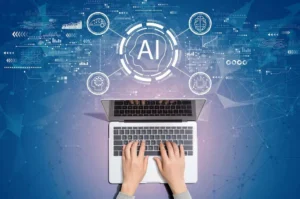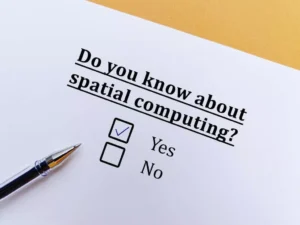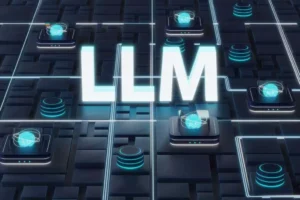The Diverse Tools and Benefits of Virtual Reality in Education
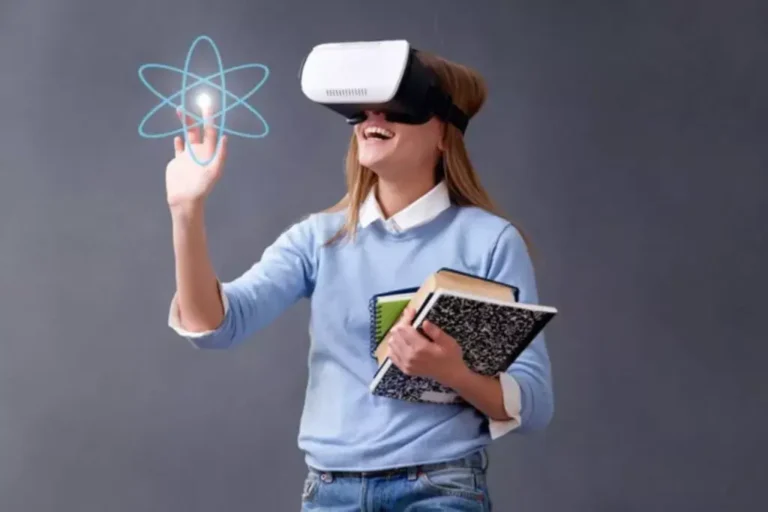
Have you imagined that virtual reality (VR) would be the new normal nowadays? It does not surprise us anymore to watch people in weird glasses hitting the air with small joysticks in their hands. We simply understand they are destroying furious monsters in space with their laser lightsabers. When people fully immerse themselves in VR, they are no longer present in reality. But not only gamers use VR; the technology has many other applications. One of the recent trends is to use virtual reality in education.
The goal of this article is to show the input of VR into modern-day education, explain how it can benefit our society, and what are the main tools of virtual studying. Education has always been confined to textbooks and classrooms, which some students find boring and monotonous. Contrarily, virtual reality offers a fresh approach to education that captivates pupils and improves their enjoyment of learning.
What is virtual reality in education
Virtual reality in education is an innovative way of learning that uses VR technologies and equipment to make studying more engaging.
You may wonder: “How can virtual reality be used in education? it’s for gamers, not schoolers!” But in reality, students experience the topic on a much higher scale with the help of virtual simulations. Just imagine how pupils fly in a cosmic ship to discover the secrets of the dark side of the moon or dive deep in a submarine to see the extraordinary creatures of the Mariana Trench. That would be a much more efficient way to study at schools due to the immersive effect of learning.
Such a creative way of studying would help many students who experience intricacies with traditional learning techniques. Students with mobility-restricting limitations can still participate in immersive VR learning activities. More than that, learners can access instructional materials in specific regions where they would need help to get and see the nature of things for themselves.
Additionally, VR could make studying more interesting and enjoyable. Some students struggle to focus since traditional learning techniques are boring for them. VR might, however, gamify the learning experience to make it more entertaining and exciting. This could maintain students’ motivation and interest in their studies.
In conclusion, by delivering an alternative experience, virtual reality in education has the power to radically revolutionize the way we learn. VR has the ability to completely transform the education sector by bringing immersive learning, increasing accessibility, and offering education on an entirely different scale. We could anticipate more cutting-edge educational uses as VR technology advances.
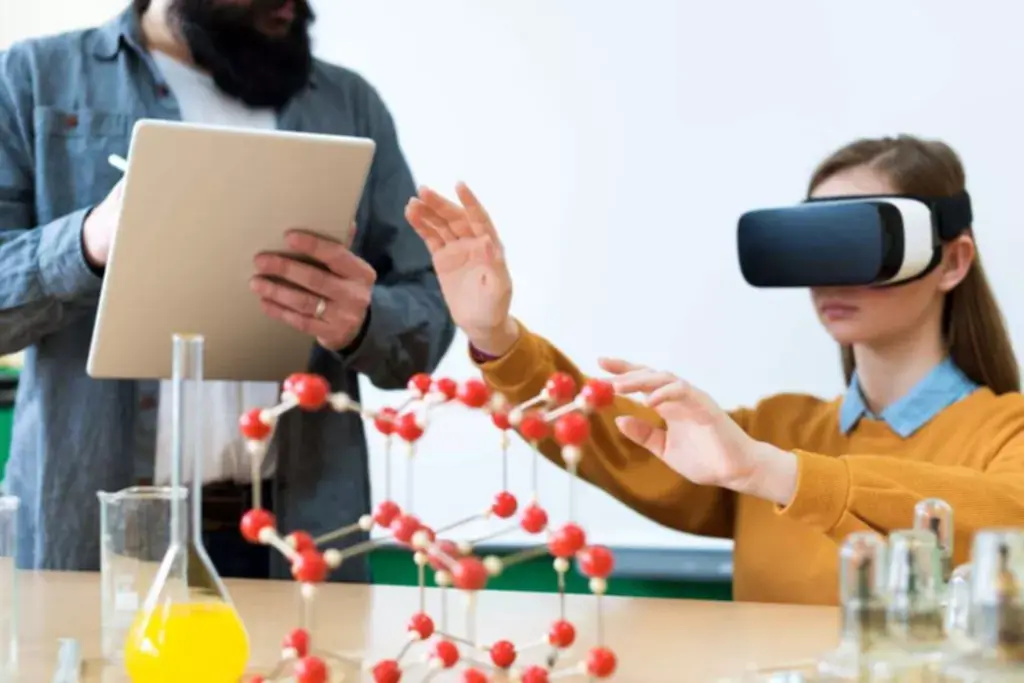

We are confident that we have what it takes to help you get your platform from the idea throughout design and development phases, all the way to successful deployment in a production environment!
Benefits of VR education
As you see, virtual reality has the full potential to enhance traditional education. Students can go beyond their classrooms because virtuality allows them to interact with virtual environments, scenarios, and objects. Virtuality may significantly benefit remote education learners who want a high-quality education, regardless of their physical location. But to use the full potential of virtual learning, we need to understand virtual reality in education to embrace modern technology’s full potential.
Let’s look through the main benefits of virtual reality in education:
- Improved Learning Environment
VR creates an immersive atmosphere that helps students engage more deeply with the subject matter. With simulations, visualizations, and situations, students get the ability to be present in different times and places all over the world without ever having to travel. As an example, students can virtually travel to historical battles, be a part of the palace coup and watch the rise of the pyramids of Egypt.
- Higher level of engagement
Another advantage of virtual reality learning is that it promotes exploration, discovery, and active learning. VR technologies help students actively to interact with the material, explore various scenarios and experiment with it in multiple ways, as opposed to passively absorbing knowledge. For instance, there are cases when medical students perform difficult operations and procedures using VR simulators, gaining practical experience in a secure setting.
- Safe Environment
Students may study and practice complex tasks in a safe environment created by virtual reality. This may help pilots to rehearse emergency situations using VR simulators without any risk for their lives. In addition to enhancing their abilities, this form of training guarantees both their own safety and the protection of others.
- Improved Retention
One of VR’s most critical educational advantages is how well it helps students to comprehend difficult ideas. Students better recall material because of the multisensory experience they get from virtuality. To better grasp the many structures and functions of the human body, for instance, anatomy students can utilize VR simulations to explore the human body in 3D.
In summary, virtual reality in education has the ability to change how students engage with and learn about the subject matter. It gives pupils a better learning experience, promotes active learning, creates a secure setting to practice complex skills, and helps them remember and comprehend difficult ideas.
Tools for Virtual Reality learning
VR technologies have already been developed for a decade, that’s why there are several technologies that help in the studying processes. Here are a few well-known VR tools.
Google Expeditions
Google Expeditions is a VR app that allows teachers to take their students on virtual field trips. There are about 900 tours that cover topics within the field of history and science. Teachers can utilize a tablet or smartphone to lead their students through the tour using user-friendly software. The best in Google Expeditions — it is free and compatible with inexpensive VR devices like Google Cardboard.
VR Nearpod
A VR program called Nearpod enables teachers to design their own virtual reality curriculum. It contains a library of VR lessons that may be altered to the teacher’s specifications and cover a variety of subjects. Because of the interactive nature of Nearpod, students get the opportunity to interact with the material and participate in activities. The program also offers real-time feedback, enabling teachers to keep track of their students’ development. Unfortunately, Nearpod VR can be pricey and is ineffective without top-tier VR gear.
Minecraft for Education
This game-based educational application enables kids to learn via experimentation and imagination. Because of its extreme adaptability, teachers may build their own worlds and activities. Minecraft Education Edition may be used to instruct students in various areas, such as math, science, and history. Although some students might find the game distracting, setting up can take time.
All of these tools have advantages and disadvantages; they all provide distinctive and cutting-edge ways to teach different subjects. We may anticipate seeing more cutting-edge VR solutions that have the potential to revolutionize the education sector as VR technology continues to advance.
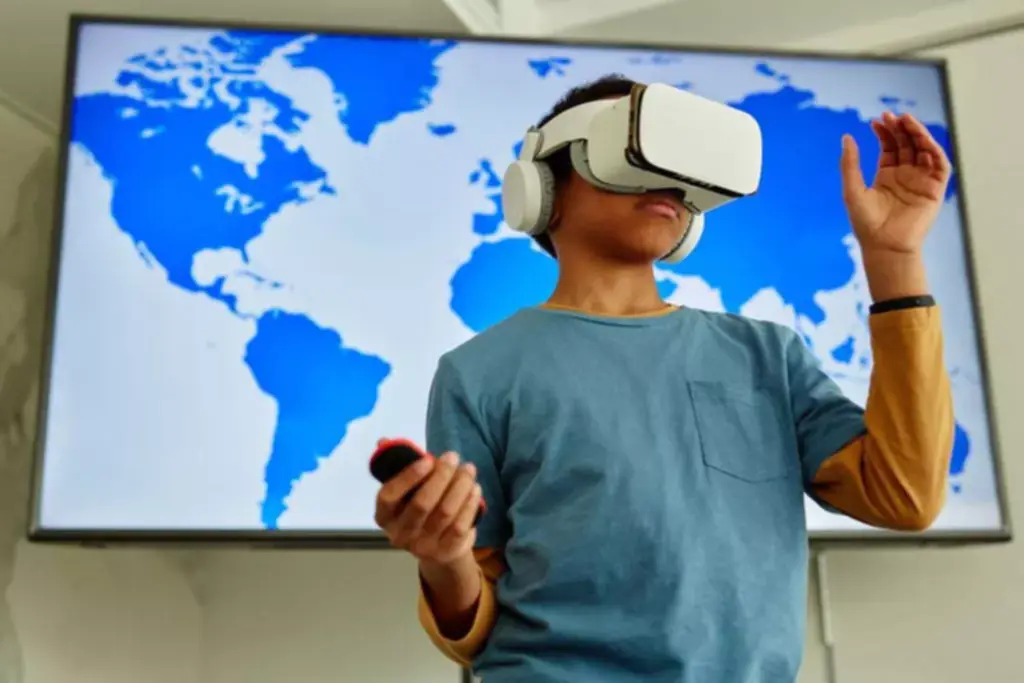
Challenges in virtual reality learning
Incorporating VR technology into education has the potential to revolutionize the way students learn and engage in the classroom. However, several challenges must be overcome to make this a reality for all schools.
One of the main obstacles is the cost and accessibility of the equipment required for VR education. Purchasing enough VR sets for an entire classroom is quite expensive. Not every school may have the budget to invest in this technology. In addition, maintaining VR equipment requires specialized knowledge and expertise, which may not be readily available in every school.
Even if a school does invest in VR technology, there is a shortage of VR content available for all subjects and topics. Developing high-quality VR content is time-consuming and expensive, which limits the availability of immersive learning experiences.
To address these challenges, it is important for schools to carefully evaluate the costs and benefits of virtual reality in education before investing. Schools may also consider partnering with VR content developers or seeking out grants and funding opportunities to help offset the costs of implementing this technology. Additionally, training programs and resources can be provided to teachers and staff to help them effectively utilize and maintain VR equipment. By addressing these obstacles, schools can create a more engaging and innovative learning environment.
What is the future of VR education
We are used to the conventional forms of education — sitting in classrooms, poring over textbooks, and scrolling through e-books. However, there exists an innovative approach that could revolutionize the way we learn — virtual reality. By immersing ourselves into the subject matter, virtual reality makes learning more tangible and, consequently, more captivating. As technology advances, we should anticipate the implementation of virtual reality in schools.
The question remains, when will we witness this transformation? The COVID-19 pandemic has significantly accelerated the adoption of alternative teaching methods, making the future of education look different from today.
Virtual reality learning offers students with impairments an inclusive learning environment. Students who struggle with mobility, for instance, may take part in immersive learning activities like virtual field excursions that would be challenging or impossible for them otherwise. Learning becomes more interesting and entertaining for all pupils thanks to VR’s ability to explore and interact with virtual items.
VR may also be a reasonably priced alternative for educational institutes. Schools may now provide their students access to immersive learning experiences without the expense of pricey equipment or field excursions, thanks to the development of low-cost VR technology.
In summary, virtual reality is an intriguing technology that has the potential to transform education. It is a priceless tool for educators since it produces immersive and exciting learning experiences, enhances student understanding and retention, and offers a welcoming learning atmosphere. In the upcoming years, we may anticipate seeing more cutting-edge VR applications in education as the technology progresses.
Top Articles
AI For Small Business: The Primary Use Cases
I am here to help you!
Explore the possibility to hire a dedicated R&D team that helps your company to scale product development.




